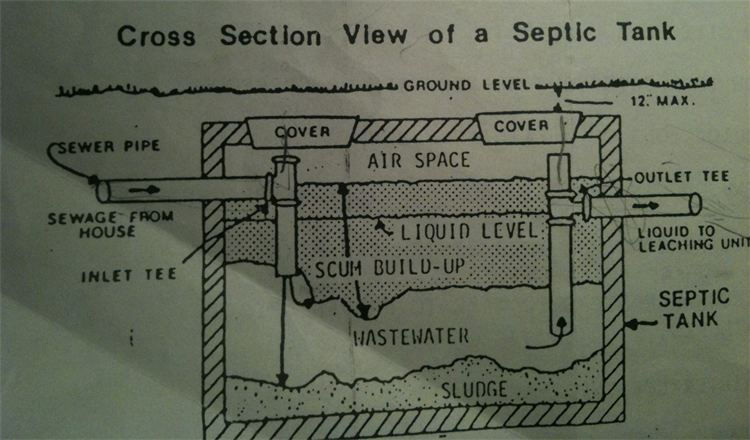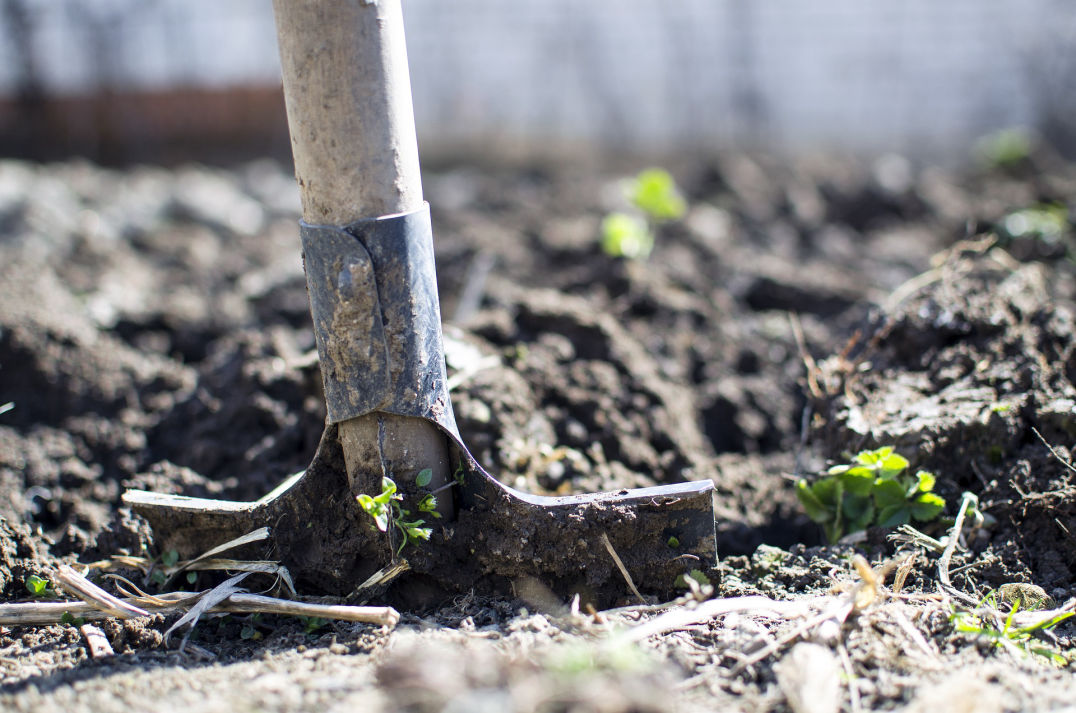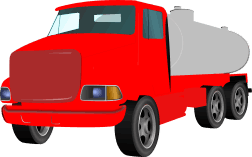Maintaining your septic
Your septic tank includes a T-shaped outlet which prevents sludge and scum from leaving the tank and traveling into the drainfield area. Your tank should be pumped if the bottom of the scum layer is within six inches of the bottom of the outlet, if the top of the sludge layer is within 12 inches of the outlet, or if more than 25% of the liquid depth is sludge and scum.
To keep track of when to pump out your tank, write down the sludge and scum levels found by the septic professional.
The service provider should note repairs completed and the tank condition in your system’s service report. If other repairs are recommended, hire a repair person soon.








